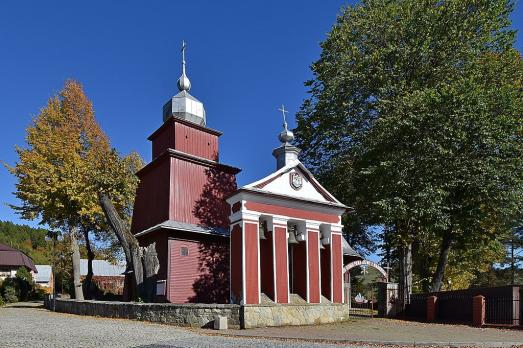
Church of St. Peter and St. Paul in Tylicz
Tylicz, PL
The Parish Church of St. Peter and St. Paul in Tylicz was founded in 1612 by the bishop Piotr Tylicki.
Here you can search for a building to visit. You can use the map find destinations, or you can use the filters to search for a building based upon what different criteria.

Tylicz, PL
The Parish Church of St. Peter and St. Paul in Tylicz was founded in 1612 by the bishop Piotr Tylicki.
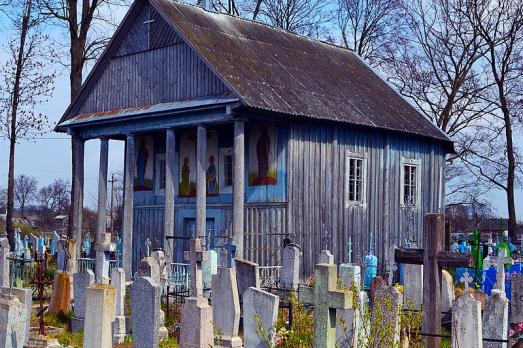
Šarašova, BY
The Orthodox Church of St. Peter and St. Paul was built in 1824. It is an example of wooden architecture with architectural features of classicism. When a new Church of the Transfiguration was built in 1760, the old building, dating from 1700, was dismantled and moved to the cemetery on the outskirts of the town. In 1820-1824, this church was rebuilt and consecrated in honour of the holy apostles Peter and Paul.
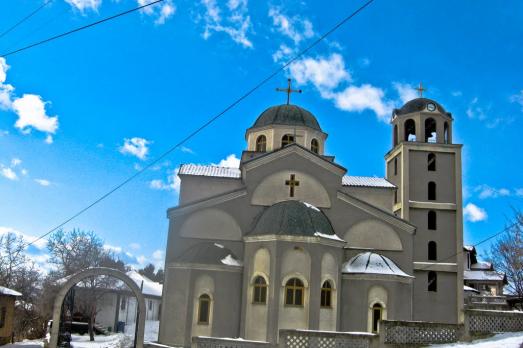
Pehchevo, MK
The church of St. Petka was first built in the 1850s. But the church suffered from the earthquake in the Pehcevo region in 1904. As a result of the earthquake, the bell tower and the school in the church were destroyed. In 1978, by the decision of the municipality, the old church was demolished and a new one with a large central dome and three apses was built in its place. It was consecrated on 9 October 1988.
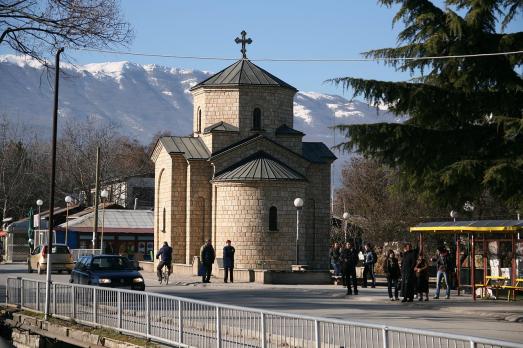
Struga, MK
The church of St. Petka was built from 1990 to 1994 on a former sanctuary. The church was the target of theft in 2013 when copper chandeliers and silver from the faithful were stolen. No icons were confiscated during the theft.
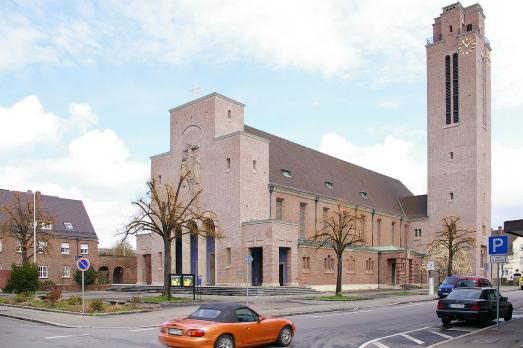
Friedrichshafen, DE
The Catholic Church of St. Petrus Canisius was built between 1927 and 1928 according to a design by Hugo Schlösser and Wilhelm Friedrich Laur. In 1938, the church was raised to the status of an independent parish church. The structure is an ostentatious three-nave basilica in the expressionist architectural style.
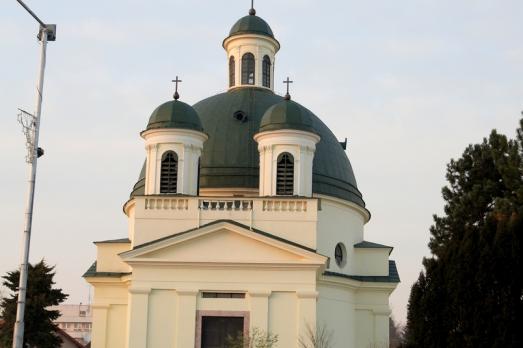
Komárno, SK
The church of St. Rosalie was built in the classicist style between 1839 and 1844 on the model of the Roman rotunda. In 1848-1849, after the destruction of the St. Andrew's Church by fire and the Reformed Church by bombing in 1849, the church was used by both Reformed and Catholic worshippers until the reconstruction of the St. Andrew's Church. From 1880 to 1906 it was mainly used by the military garrison until the Franciscan church was converted into a military church. At that time, it was found that the wooden structure of the church was rotten. It was therefore closed and rebuilt in 1908.
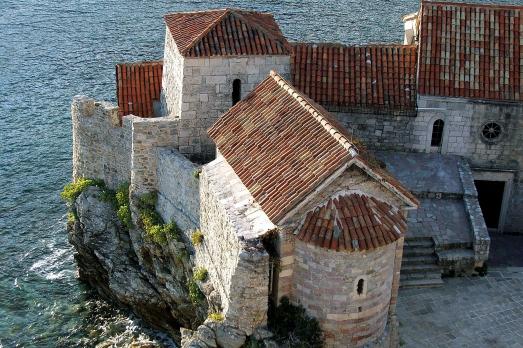
Budva, ME
The church of St. Sava is a Romanesque building with a single nave and a semicircular apse facing east, without a bell tower. The restorations carried out after the earthquake of 1979 helped to elucidate the ancient history of the church's creation by the discovery of an inscription testifying to the existence of the church as early as the 12th century. On this occasion, it was also discovered that there was a fresco under the plaster that covered the interior of the church. According to the first hypotheses, this rather damaged wall painting dates back to the 12th century and belongs to the Byzantine style of the time.
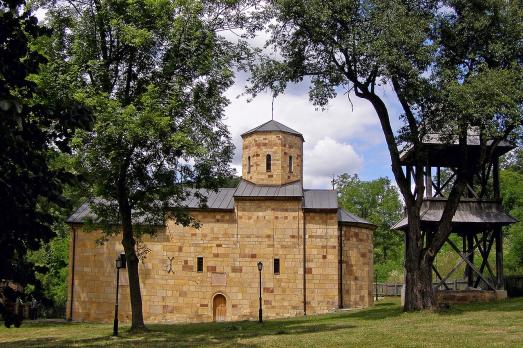
Šarani, RS
The Church of St. Sava in Savinac was built in 1819-1820 from pink sandstone, in the spirit of the religious constructions of medieval Serbia, at the instigation of Prince Miloš Obrenović who was one of the main leaders of the second Serbian uprising against the Ottomans. In 1860 it was provided with a wooden narthex, which was replaced in 1904 by a stone narthex.
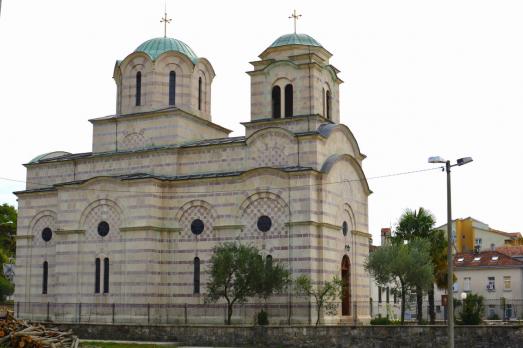
Tivat, ME
The Church of St. Sava was built between 1940 and 1966. The foundation stone of the church was solemnly laid by the Patriarch of His Holiness Gavrilo V on 22 September 1940. In April 1941, when the Second World War reached the Kingdom of Yugoslavia, the church was almost completely finished. In the first days of the war, the Church of St. Sava was severely destroyed. After the war, the church was restored and completed in 1966. The church was also badly damaged in the great earthquake of 1979. The first restoration took place in 1995 and the second in 2005.
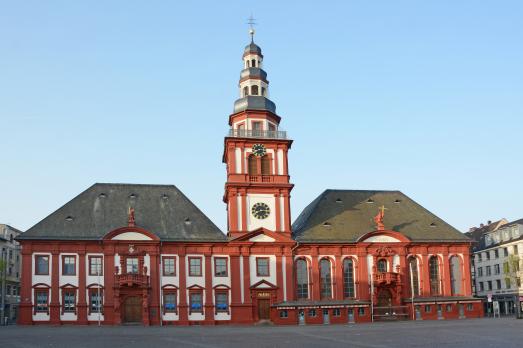
Mannheim, DE
The church of St. Sebastian is the oldest Catholic parish church in Mannheim, dating from the 18th century. It was first used as a court church by the Elector and was decorated by artists such as Bibiena, Verschaffelt and Egell. The furniture was damaged by alterations in the 19th century and by damage during the Second World War.

new
As a university city, cultural offerings abound in Tartu and will reach their peak after being designated one of three European Capitals of Culture for 2024. In this list, we've compiled the most interesting sacred places to visit in and around the old town.

Bodø has evolved from a picturesque fishing village to a bustling cultural epicentre in the northeastern Norwegian county of Nordland. Here is a list of the top churches to visit in Bodø, the only European Capital of Culture above the Arctic Circle.

The small Austrian spa town of Bad Ischl is known for its beautiful nature and peaceful atmosphere. Emperor Franz Joseph I of Habsburg, described it as an "earthly paradise". Here is a list of religious heritage sites you should visit.